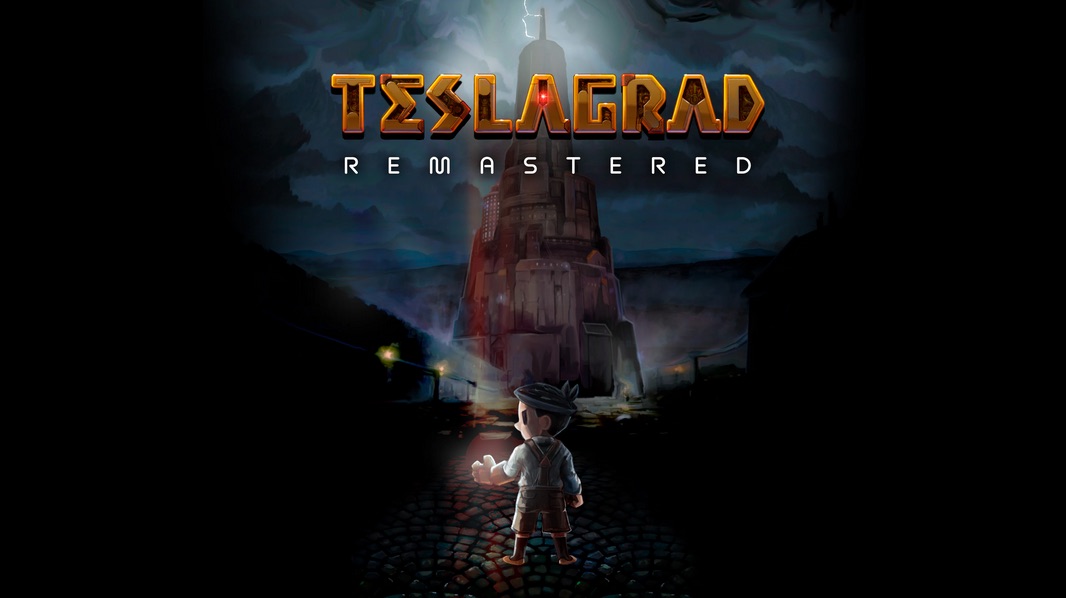
Teslagrad is a puzzle platformer with standout moments among modern 2d games. With its unique approach to puzzle platforming gameplay, stunning visuals, interesting bosses, and a captivating yet simplistic delivery of the story, gamers young and old can find plenty of novelty and enjoyment here.
This is a title developed and published by Rain Games and was released in 2013. Set in a steampunk-inspired world filled with mystery and wonder, this indie title features an innovative gameplay mechanic that revolves around gamers being prompted to gain an understanding of each room to successfully manipulate the forces of magnetism to solve puzzles and explore a beautifully crafted world themed and inspired by Nicola tesla.
With its hand-drawn graphics, atmospheric music, and clever storytelling, Teslagrad has been hailed as a masterpiece by fans and critics alike. Does this indie title retain its freshness after a decade? Find out, in this Teslagrad Remastered Review!
Teslagrad Remastered
Developer: Rain Games
Publisher: Modus Games
Platforms: Windows PC, Nintendo Switch, Xbox One, Xbox Series X|S, PlayStation 4, PlayStation 5 (reviewed)
Release Date: April 19, 2023
Players: 1
Price: $9.99 USD

Like most 2D platformers, Teslagrad starts simple enough, introducing the player to the basic controls, reasonably engaging platforming, and puzzles. Gamers will be navigating through various obstacles and hazards while using the game’s unique mechanics of magnetic control to solve puzzles and progress further. The puzzles are challenging but not overly difficult, giving the player a sense of accomplishment when successfully problem-solving major obstacles to proceed deeper into the world.
What sets Teslagrad apart from other platformers is the lack of combat and full reliance on puzzle-solving. The puzzles start simple but gradually become more complex, requiring the player to use all their wits and skills to get ahead. The bosses in Teslagrad are some of the most challenging and satisfying parts of the game, each requiring the player to use their magnetic powers in unique and creative ways.
The protagonist is a young man armed with a magnetic glove that allows him to manipulate magnetic fields, charging mechanisms, switches, boxes, trap doors, and moving platforms. This unique mechanic is the core of the game’s puzzle platforming. The game introduces this mechanic gradually, with early puzzles involving simple tasks. As gamers push further into the tower, the puzzles become more complex, requiring the use of our hero’s trusty glove to solve increasingly complex challenges- going even as far as launching themselves across massive perilous gaps, navigating through electrified obstacles, traversing ceilings and walls or even redirecting large beams of energy to activate machines.
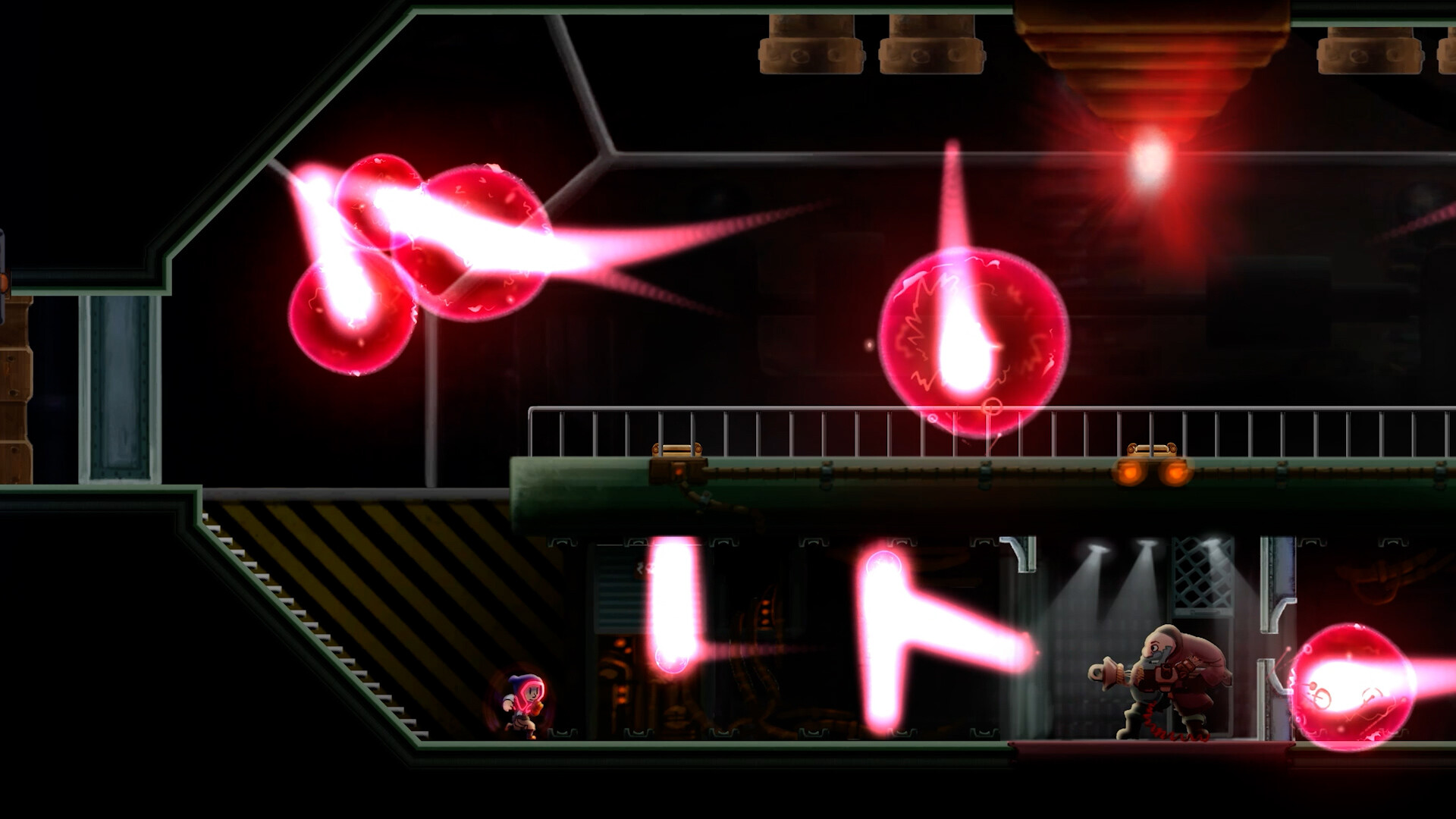
Many levels feature intricate, multi-layered environments, keeping the challenge fresh from the early to the mid-section of the gaming experience. Unfortunately, this is a dynamic that begins to get old two-thirds of the way through the game. As the level design becomes more intricate, Teslagrad will demand gamers employ more precise timing and strategy to progress. This is where gamers will more likely begin to witness finicky controls, forcing gamers to exercise a methodical approach to avoid unintentional death.
Despite the gradual increase in difficulty, it is fair to say this doesn’t cheapen the experience with unwanted tedium. The player is given plenty of opportunities to experiment with the forgiving nature of Teslagrad’s gameplay. Anyone willing to learn through trial and error won’t be stuck for long, leaving it up to the player to maintain focus without the worry of an untimely brutal game over.
The backgrounds are often complex and filled with intricate details, creating a sense of depth and texture that is rarely seen in 2D platformers. Each area is also themed around a different element, such as fire or water. The fire-themed areas are boiling and smoldering with lava and flames, while the water-themed areas have flowing rivers and underwater sections. The lighting effects are also particularly impressive considering the game’s two-dimensional design, with shafts of light beaming through windows, illuminating certain areas you’ll encounter. The attention to detail and stunning visuals make Teslagrad a joy to explore.
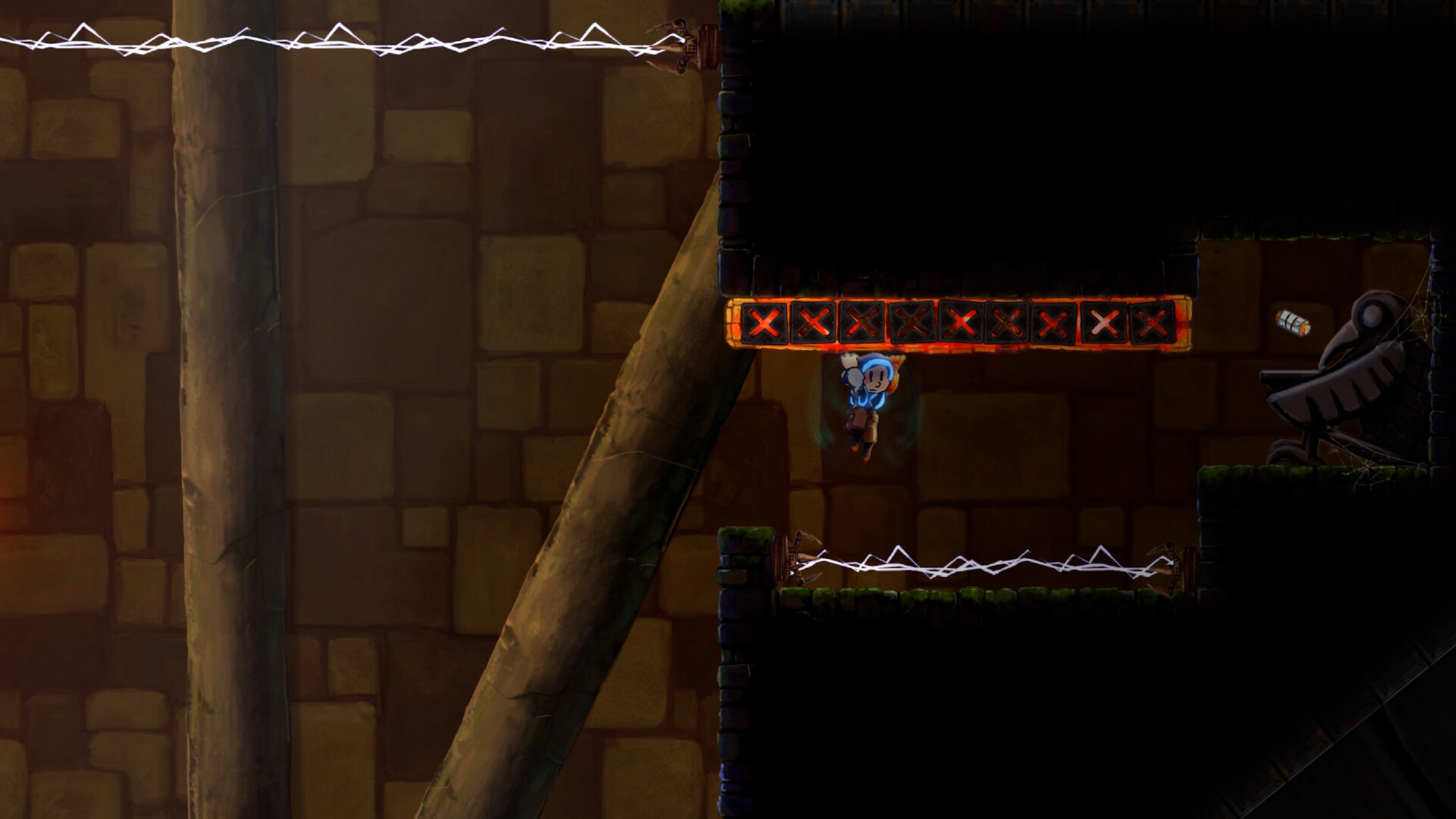
Teslagrad‘s story is told entirely through visual cues and environmental storytelling. There are no elaborate cutscenes full of dialogue or gameplay with an unfolding narration. The setting is a dystopian world ruled by a tyrannical power-hungry king who demands full control of the Teslamancers. In the game’s history, they were pacifistic servants of the King of Electropia.
Teslamancers vow to protect the land from barbarians, but things start to get complicated for them as soon as they draw a line in what they are willing to do for the king. After their refusal to conquer land or expand his kingdom, the evil king decided to have them all killed, forcing them into hiding. This dynamic is what created the rivalry between them and the tyrant in the power of Electropia.
The player takes on the role of a young orphan who stumbles upon the secrets of the Teslamancers and must use their powers to uncover the truth behind the king’s rule. The story may be presented in a nearly silent pantomime way, yet this is what adds to the intrigue, and keeps the player engaged throughout the game, and the ending is both satisfying and emotional.
The protagonist finds himself in the abandoned Tesla Tower; an enormous complex full of secrets and dangers. The tower was once the seat of power for a powerful ruling class, who harnessed the power of electricity to maintain their control. Throughout the game, our hero will encounter various murals providing context and NPCs that offer additional information about the world of Teslagrad. These characters are largely silent, but their presence and actions provide important clues about the tower’s past. The lack of explicit storytelling allows the player to draw their conclusions and interpretations, adding to the game’s sense of mystery and discovery.
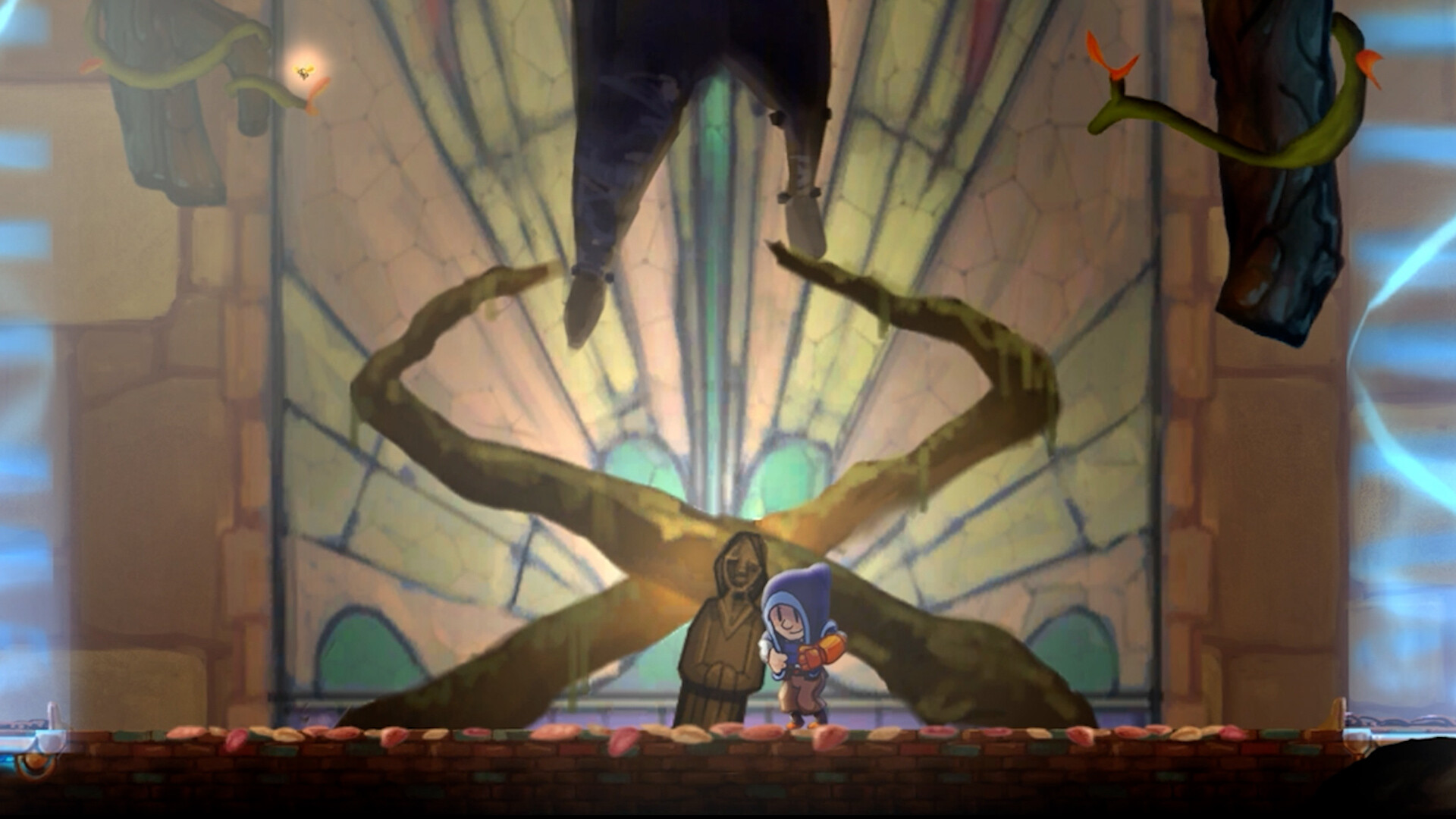
Teslagrad‘s hand-drawn 2D graphics are breathtaking; showcasing a steampunk-inspired world with various intricate machinery and gears populating the back and foregrounds often. The color palette often comes off as intentionally limited for the sake of style, but it doesn’t feel dull or monotonous. It adds to the atmosphere of the game and enhances the contrast between the foreground and background. The attention to detail in the characters and environment designs is impressive.
Each level has its own distinct aesthetic and detailed moving parts strewn about. Animation is smooth and polished, making most movements and actions of the character feel satisfying after gamers can learn to adjust to the slightly quirky controls.
In Teslagrad, there are many enemies that gamers will encounter. Foes such as automatons, soldiers, and robots come in an assortment of odd shapes and sizes. Some enemies can shoot projectiles, while others charge at the player or even electrocute our hero to death in one hit. The enemies are placed strategically throughout and create challenging obstacles for gamers to solve and overcome. The player must use their magnetic powers and platforming skills to avoid and defeat these enemies.
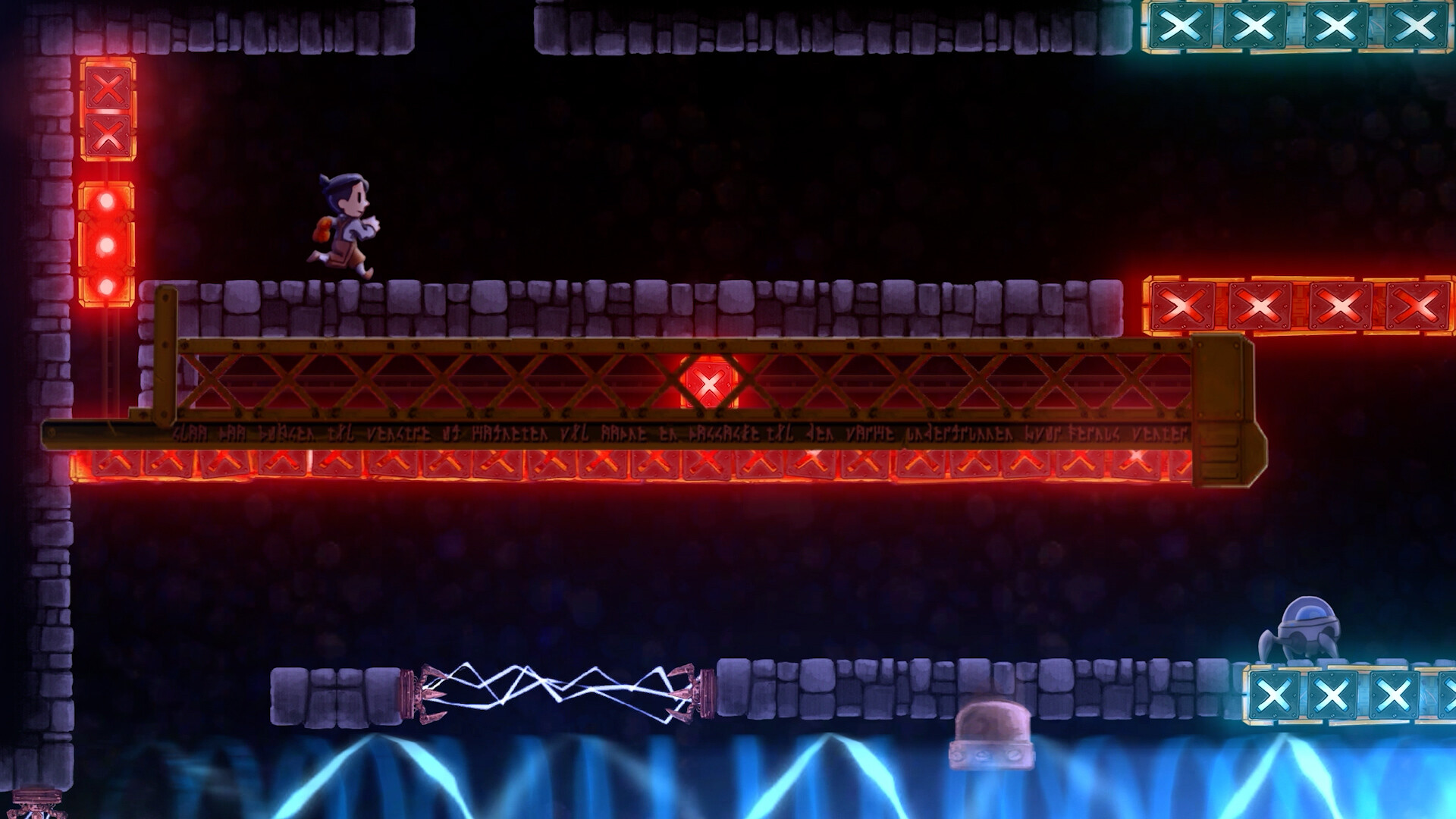
Teslagrad features a variety of challenging bosses that require players to utilize their puzzle-solving skills and magnetic ability. One notable boss is a giant-mouthed robot that uses a conveyor belt floor to drive gamers into a furnace for an untimely and firey demise. Some bosses project lightning waves which will give our hero no choice but to flash teleport through these waves to avoid agonizing electrocution resulting in instant death.
Other bosses also keep the experience fresh with the creative ways they change up the threats, pushing the player to feel a sense of eagerness to see more. Each battle offers a unique challenge and requires players to adapt their strategies and tactics to overcome them. The creativity and variety of these boss battles add to the robust enjoyment and challenge of the game.
The music in Teslagrad is composed by Jørn Lavoll, who has previously worked on several other indie games. The soundtrack offers a blend of orchestral and electronic compositions which capture the mood and tone of each level you’ll reach. The use of violins and pianos in some of the tracks gives the game an emotional depth and provides timely tension during boss battles adding to the experience. Sound effects are also well-designed, and every action in the game has its well-crafted theme of effect.
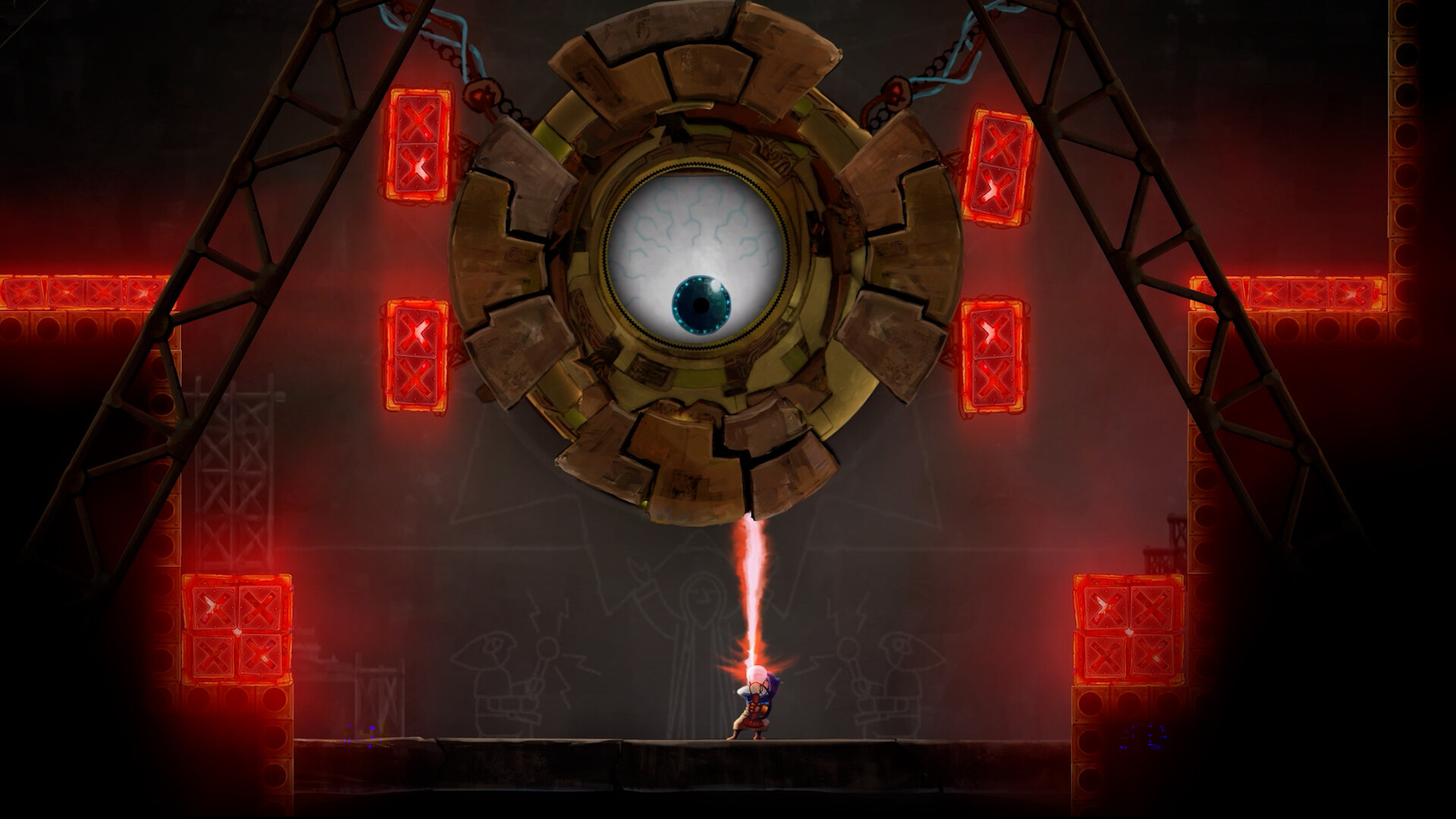
Teslagrad draws inspiration from several sources, including steampunk, Nordic mythology, and clearly, the works of Nikola Tesla. The game’s steampunk aesthetic is evident in the intricate machinery and gadgets that populate the world. The game’s use of magnetism and electricity is a clear nod to Nikola Tesla, who is often referred to as the father of modern electricity.
The visual style of Teslagrad draws inspiration from classic hand-drawn animation and steampunk aesthetics. The backgrounds and environments are richly detailed, with intricate machinery and fantastical architecture that evoke a sense of an alternate universe. The character designs are simple yet expressive, with fluid animations that bring the protagonist to life.
The use of color is also noteworthy, with a subdued palette that highlights key elements of the environment and enhances the game’s atmospheric tone. Overall, the art direction is a standout feature of Teslagrad, and it immerses the player in a unique and captivating world.
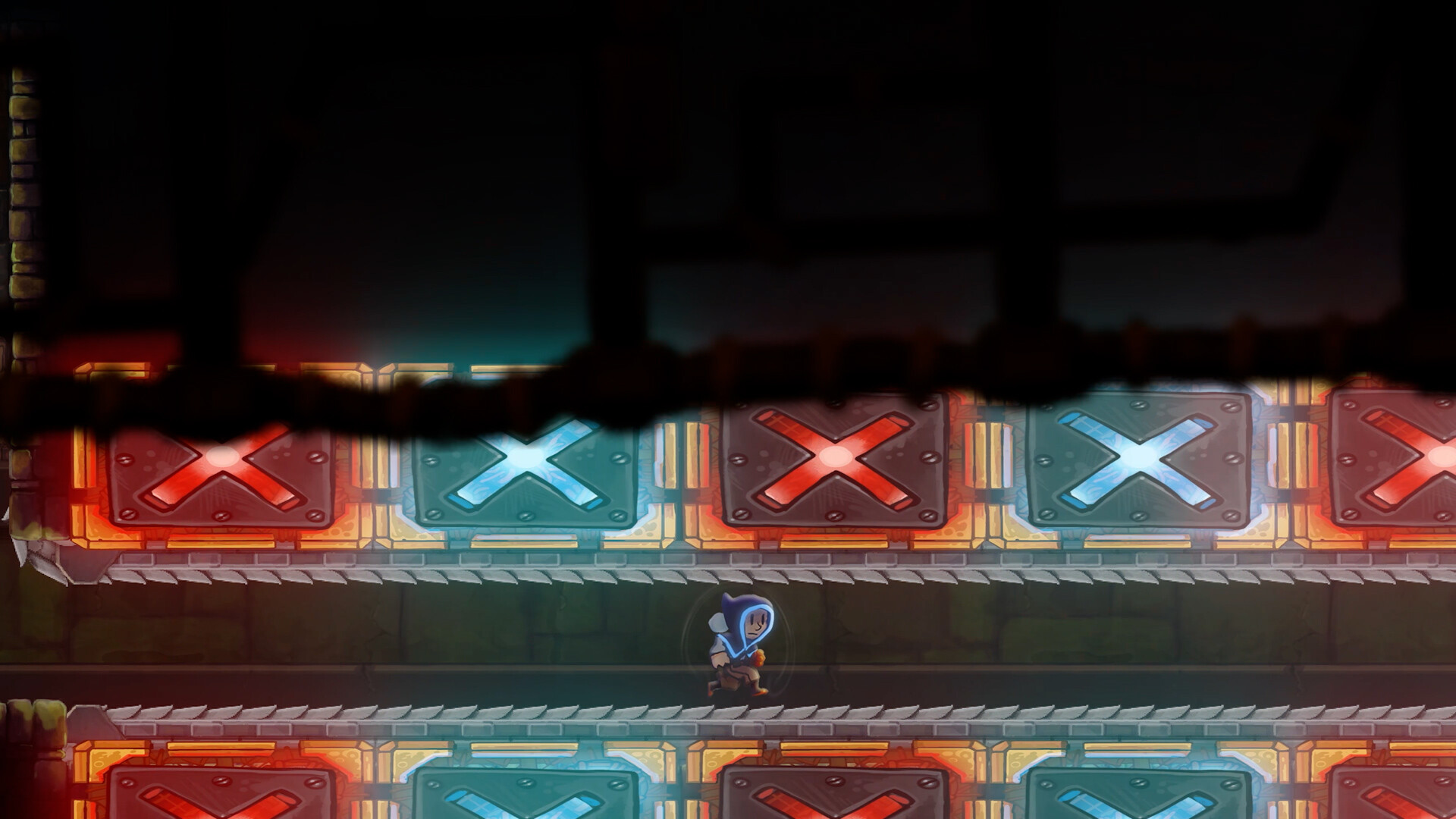
Teslagrad is a game that will appeal to anyone who enjoys puzzle platformers with a focus on exploration and discovery. The game’s lack of combat and emphasis on puzzle-solving may not appeal to those who prefer a more action-packed experience. For those who enjoy a more cerebral challenge, Teslagrad is a must-play.
The game’s hand-drawn visuals and unique mechanics make it a standout in the indie game scene, and the story and atmosphere will keep players engaged from beginning to end. Teslagrad is generally for gamers who enjoy puzzle-platformers, and specifically for those who appreciate the use of magnetism as a gameplay mechanic.
The game’s art style and storytelling may also appeal to those who enjoy a mix of steampunk and fantasy themes. As for the age range, the game has an ESRB rating of E for Everyone, which suggests that the game is suitable for all ages. However, younger children may find some of the game’s puzzles a bit too challenging, so it may be more appropriate for older children and adults.
Teslagrad Remastered was reviewed on PlayStation 5 using a copy provided by Modus Games. Additional information about Niche Gamer’s review/ethics policy can be found here. Teslagrad Remastered is now available for Windows PC (via Steam), Nintendo Switch, Xbox One, Xbox Series X|S, PlayStation 4, and PlayStation 5